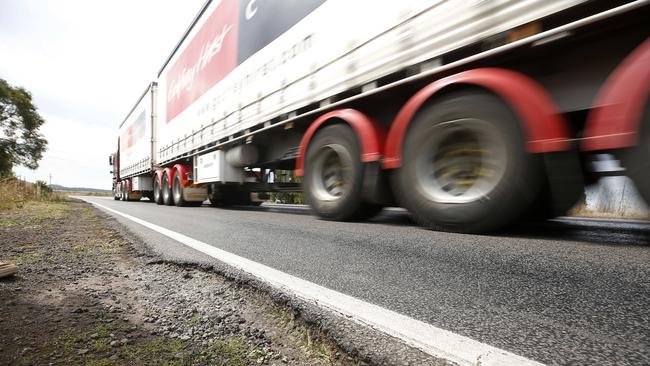Victorian budget 2023-24: Asset investment set to collapse
Rural and regional Victorians shouldn’t expect much out of the 2023-24 state budget, apart from hip-pocket pain.

Victoria’s asset investment boom is about to fall off a cliff, putting an end to the era of Andrews Government ministers’ donning helmets and hi-vis vests to announce new infrastructure projects.
Independent Parliamentary Budget Office’s analysis shows the government’s net debt, as a proportion of its revenue, has already surged from 40 per cent in 2018-19 to 120 per cent in 2021-22, and is expected to reach 180 per cent by 2025-26.
The PBO’s pre-election analysis of the state’s finances stated “net debt as a share of revenue is an indicator of the government’s dependence on debt relative to its ability to generate revenue.
“A rising share of revenue devoted to servicing debt reduces a government’s ability to implement its policies.”
Net debt is also forecast to surge from $115 billion this year to $165 billion by 2025-26, which the PBO estimates will lead to a collapse of net investment, as a percentage of gross state product.
That forecast is likely to worsen as rising material and labour costs further blowout the Government’s big builds – North East Link, Metro Tunnel, West Gate Tunnel, Melbourne Airport Rail, Geelong Fast Rail, Suburban Rail Loop and Level Crossing Removal Program.
At the same time Premier Daniel Andrews and his Treasurer Tim Pallas face demands to pump more funding into the state’s crippled health sector, boost housing and deliver more teachers.
But every cent is committed and there’s nothing left in the cupboard to sell.
Pallas and Andrews have already privatised the Port of Melbourne, Land Titles Office, part of VicRoads and the state’s 29 per cent share of the Snowy Hydro Scheme to the Federal Government, pulling in a total of $22.6 billion.
Pallas could adopt the Coalition’s pre-election proposal to sell Melbourne’s Eastern and Western sewage treatment plants for about $7 billion, but that would only make a small dent in the state’s massive debt.
Pallas has already announced a 10 per cent staff cut across all government departments.
But again it’s a minor saving compared to the government’s wages bill across all sectors, which has grown from $18 billion in 2014-15 to $33 billion this financial year.
The Treasurer could fall back to raiding more government agencies’ reserves. The last two budgets stripped the Traffic Accident Commission of $3 billion of funds that were meant to cover road safety campaigns and future compensation for accident victims.
Water corporations are also being raided, given they are already paying $694m in environmental contribution levies to government, plus dividends and $700m in capital repatriations.
These cash grabs have seriously weakened Melbourne’s water corporations, and there’s not much more they can pay.
The only other options are for the Treasurer to hike state taxes and charges – but don’t be surprised if many of them are well hidden.
Just last week AusNet gained approval from the Australian Energy Regulator to pass on the cost of the Andrews Government’s latest transmission easement land tax bill to Victorian electricity consumers, which will rise from $190m this year to $247m in 2023-24.
It means Victoria’s 2.2 million households and small businesses will pay an average of about $112 each, which AusNet will pass straight onto the government.
Given the outlook, no-one in rural and regional Victoria should expect much out of next month’s 2023-24 state budget, apart from hip-pocket pain.




